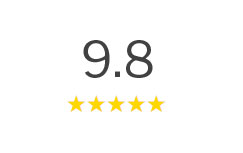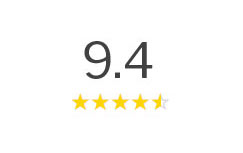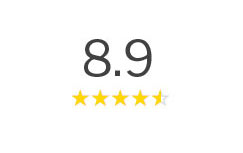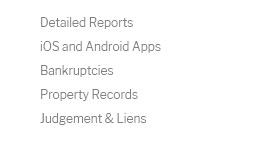 |
 |
|---|
|
|
|---|
 |
 |
 |
 |
|---|---|---|---|
 |
 |
 |
|
 |
|||
 |
 |
 |
|
 |
|||
 |
 |
 |
|
 |
|||

|
hkvbze5incf Exploring the Path to Finding Mug Shots: A Comprehensive GuideIn today's digital age, the quest for obtaining a mug shot can be both intriguing and complex. Whether driven by curiosity, journalistic pursuits, or legal needs, the journey to access such images requires a nuanced understanding of available resources. The aim here is to demystify the process while providing a discerning eye on the various methods one might employ. As we delve into this topic, we will compare popular options, highlighting their respective merits and potential drawbacks. First and foremost, it's essential to recognize that mug shots, by nature, are public records. This status means they are generally accessible to the public, albeit through different channels. Among the most straightforward methods is visiting local law enforcement websites. Many police departments and sheriff's offices maintain online databases where recent arrest information, including mug shots, is routinely updated. This direct approach is often the most reliable and is typically free of charge, though it may require some navigation through bureaucratic red tape or specific search criteria. Another popular avenue is through third-party websites that aggregate arrest records from various jurisdictions. These platforms can be both a blessing and a curse. On one hand, they offer a centralized repository, making it easier to search across multiple regions simultaneously. On the other, the quality and accuracy of the data can vary significantly. Some sites may charge fees for access or require subscriptions, which can be a deterrent for those seeking cost-effective solutions. Moreover, the ethical implications of these sites cannot be ignored, as they often raise concerns about privacy and the potential for misuse. For those with a penchant for deeper research, court records serve as a treasure trove of information. Mug shots are often included in case files, particularly in ongoing or high-profile cases. Accessing these records usually involves visiting a courthouse or utilizing online court record databases. This method can be time-consuming and may incur costs, but it often yields comprehensive details surrounding an individual's legal encounters. However, it's crucial to approach this method with a clear understanding of legal boundaries and respect for privacy laws. Social media, while unconventional, has also emerged as a surprising resource for finding mug shots. With the rapid dissemination of information online, it's not uncommon for arrest photos to circulate on platforms like Facebook or Twitter, either shared by news outlets or individuals. This method relies heavily on the speed of information spread and can be hit-or-miss, given the transient nature of social media content. In juxtaposing these options, one might ponder the implications of seeking out mug shots. While the accessibility of these images is rooted in transparency, it also treads a fine line with personal privacy. It is imperative for seekers to weigh the necessity and intent behind their search, ensuring ethical standards are upheld. As we reflect on these methods, it becomes clear that the digital landscape offers a myriad of pathways to finding mug shots, each with its own set of considerations. Ultimately, the choice of method hinges on the individual's priorities-whether they value speed, accuracy, cost, or ethical considerations the most. In conclusion, while the journey to uncovering a mug shot can be labyrinthine, understanding the available options and their nuances equips you with the tools to navigate this complex terrain effectively. The pursuit should always be balanced with an awareness of ethical boundaries and a respect for the individuals involved, reminding us that behind every mug shot is a person with a story yet to be fully understood. https://www.youtube.com/watch?v=xIgcCnfP1Pg
... mugshot information. For those seeking mugshots in Ohio, knowing the proper channels and resources is essential. Join us as we delve into ... https://www.youtube.com/watch?v=Gukutrr5QVo
How To Find Ohio Mugshots? Unlock the secrets of accessing Ohio mugshots with our comprehensive guide! Whether you're conducting research or ... https://ohiocourtrecords.us/arrest-records/
Mugshot; Address. Arrest information;. Date; Time; Location; Arresting agency ...
|
|---|